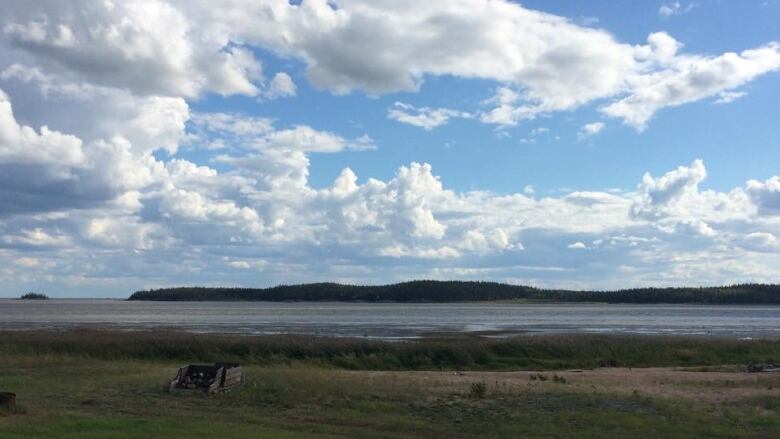Athabasca water restrictions not enough, says environmental group
Keepers of the Athabasca wonders why big oil companies, like Suncor, arent being restricted

The Keepers of the Athabasca are applauding the efforts of the Alberta Government and the Alberta Energy Regulator (AER) for placing restrictions on a section of the Athabasca River.
The Upper Athabasca region, located in central-west Alberta near Jasper, has many smaller oil and gas companies drawing from it.
The AER suspended 73 temporary licences and restricted the use of other permanent licences in the upper region last month.
The water they draw from the river is used in the separation process.
But, in the lower Athabasca region, where oil production capital Fort McMurray is, there are few, if any restrictions.
Jesse Cardinal, the coordinator for the Keepers of the Athabasca, noted three major companies Syncrude, Suncor, and Shell will operate as normal.
"They have a restriction but it's really low," she said."Their water outtake remains really high even when there is a water restriction in place."
The government says the reason those companies are unaffected is because they do not operate in the Upper Athabasca Region they only operate in the lower region.
But Cardinal is surprised that the restrictions are only being placed in the upper region, where a lot of smaller companies with less of an environmental impact are situated.
She thinks that the constraints should apply to all sections of the river.
"I don't see how you can say one part of the water body is different than the other when it's all connected," said Cardinal.
But the government of Alberta says despite the river being all connected, it's still possible to have different flow rates in different areas. The flow rate in Jasper, located in the upper region, is 112 cubic metres per second, where in Fort McMurray, located in the lower region, the flow rate is 485 cubic metres per second.
"It is completely natural for the flow at the upstream locations to be less than what it is downstream," said Lisa Glover, a public affairs officer for the Government of Alberta.
More than just an oil problem
Simon Donner, a climate scientist at the University of British Columbia, says this season's drought is a "preview of the future."
Donner and graduate student Doris Leongconducted a study that predicted this outcome.
"As the climate continues to warm, we'll be seeing lower flows in the Athabasca River in the summer, and that could limit the amount of water available for oil sands operation," Donner said.
But the low water levels aren't just affecting oil production.They've alsonegatively affected communities such as Fort Chipewyan, which uses the Athabasca River for fishing and drinking water purposes.
"There's a few fishermen that make dry fish every year, and this is the first year they haven't been able to do it," said Cardinal. She says locals believe the drought has caused a decline in the fish population.
Cardinalalso believes water use in the Lower Athabasca region should be restricted, where companies such as Syncrude, Shell, and Suncor draw their water from.The companies have been asked to voluntarily reduce theiramount of water consumption, but forCardinal, that'snot enough.
"There's no jobs on a dead planet," she said.












_(720p).jpg)


 OFFICIAL HD MUSIC VIDEO.jpg)
.jpg)



























































































